Prague zoo full of tiny hooves
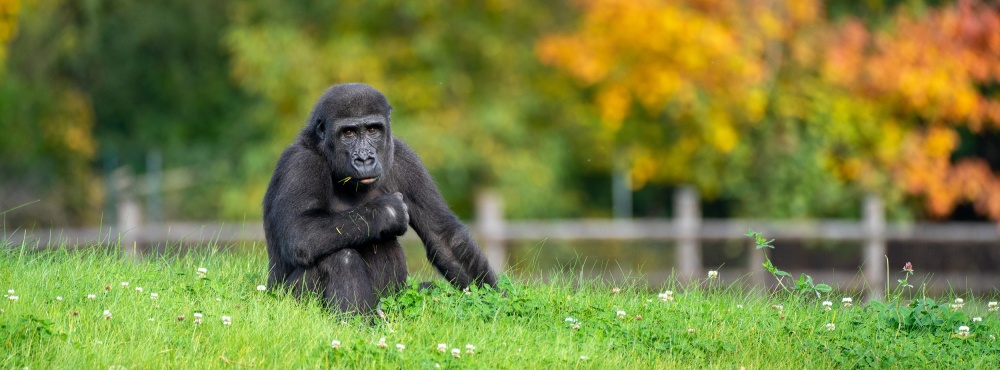
Prague Zoo is relishing the addition of several ungulates. Visitors walking round the enclosures can observe a pair of critically endangered addaxes, a young Mishmi takin, which came completely out of the blue, a young Finnish forest reindeer, rarely bred in captivity, or Chinese gorals. The keepers also feel the prospects for the orphaned mountain bongo are promising.
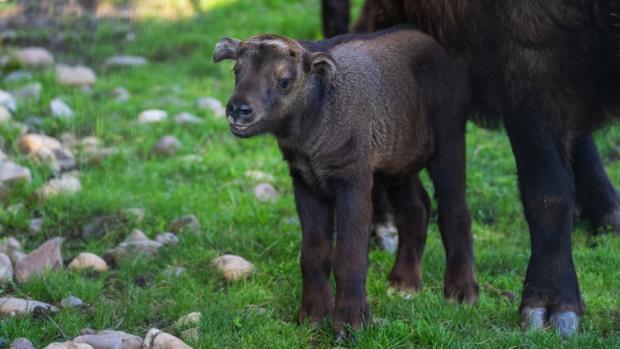 The birth of a baby Mishmi takin came as a surprise to the keepers. The female mated at an unexpectedly late time of the year. However, the one-week-old male is thriving and is already curiously exploring the enclosure in the upper part of the zoo. Photo Oliver Le Que, Prague Zoo
The birth of a baby Mishmi takin came as a surprise to the keepers. The female mated at an unexpectedly late time of the year. However, the one-week-old male is thriving and is already curiously exploring the enclosure in the upper part of the zoo. Photo Oliver Le Que, Prague Zoo
“The female mountain bongo was orphaned at just a week old after her experienced 14-year-old mother, Maureen, died of postpartum complications, much to the sadness of everyone,” said ungulate curator Barbora Dobiášová. Fortunately, the calf managed to socialise with the rest of the herd before her mother died. Two other females in the enclosure, who have also had young this year, came to her rescue. “Rayli and Dafné are lactating and take care of the little cow. They are willing to let her suckle, even though she is not their calf. This so-called allo-suckling, combined with supplementary milk replacement, gives the plucky little calf a chance that the loss of its mother will not significantly affect it.”
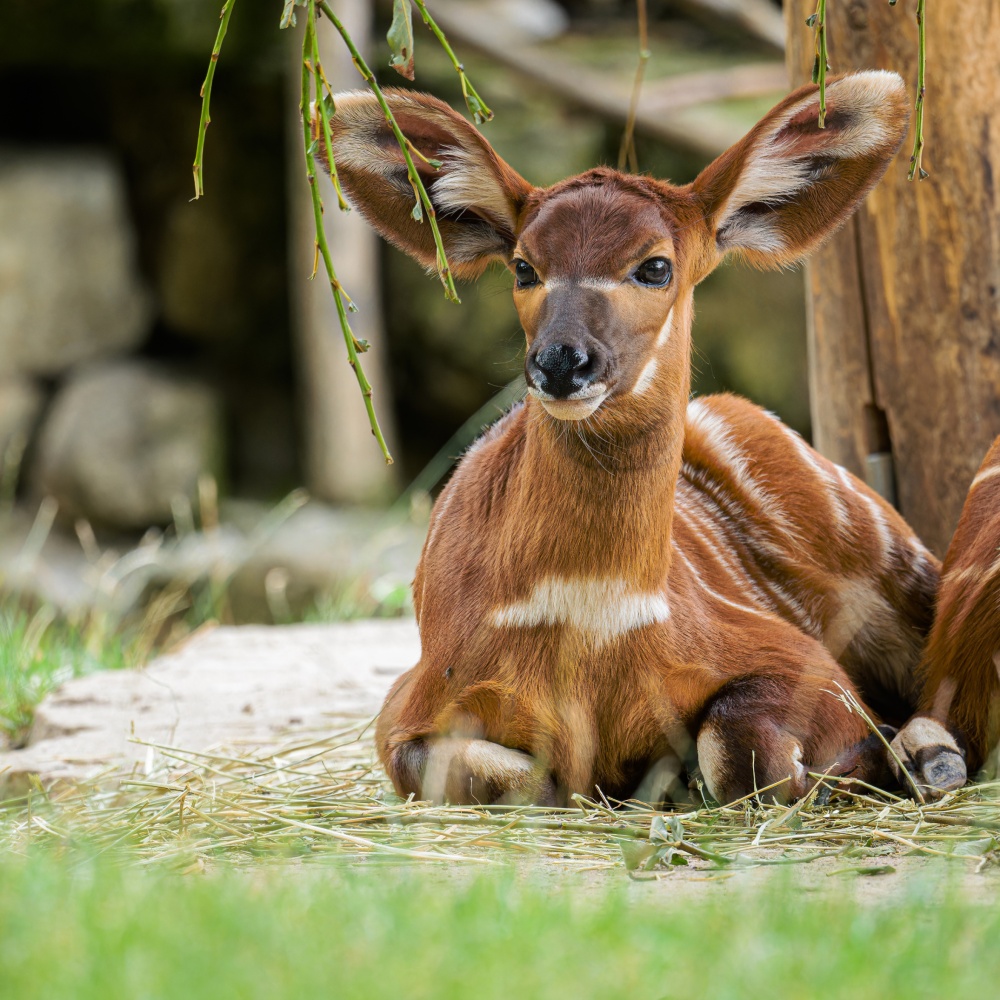
The orphaned female mountain bongo. Luckily the other females in the enclosure are willing to let her drink their milk. The hand-rearing is partly helped by the fact that the calf is naturally inquisitive and already eats solid food in addition to milk replacement. Photo Petr Hamerník, Prague Zoo
The young of another critically endangered antelope - the addax - were born in the enclosure close to the cable car’s top station. The female, born in June, has recently been joined by a small male, born on August 3rd. Nowadays, this desert ungulate can only be found in Chad and Niger in remnant populations that do not exceed one hundred individuals in all. Fortunately, they do well in zoos, which means it has been possible to gradually return them to the wild. Prague Zoo has also provided its breeding stock for these programmes.
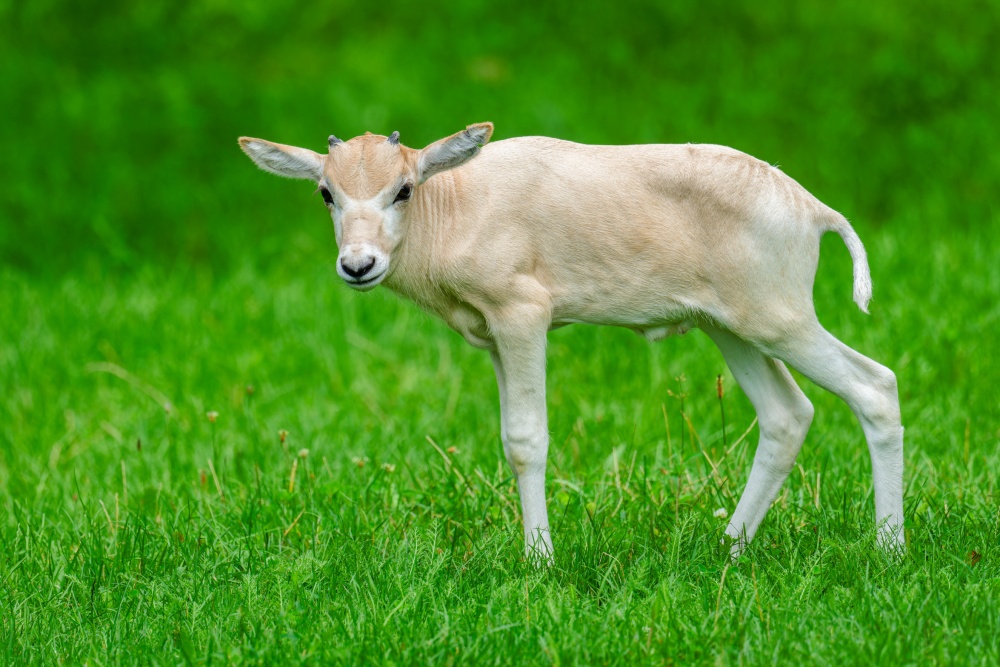
The younger of the two addax calves is only two weeks old. Visitors can tell it from its two-month-old sister by its smaller stature and shorter horns, which will become spiralled in adulthood. Photo Petr Hamerník, Prague Zoo
There have also been some rare additions among the cold-loving species. Visitors to the Chinese goral enclosure can currently observe a tiny female. This is the second kid to be born here since the breeding programme was restarted in 2019. It is one of just two Chinese goral kids to be born in Europe this year.
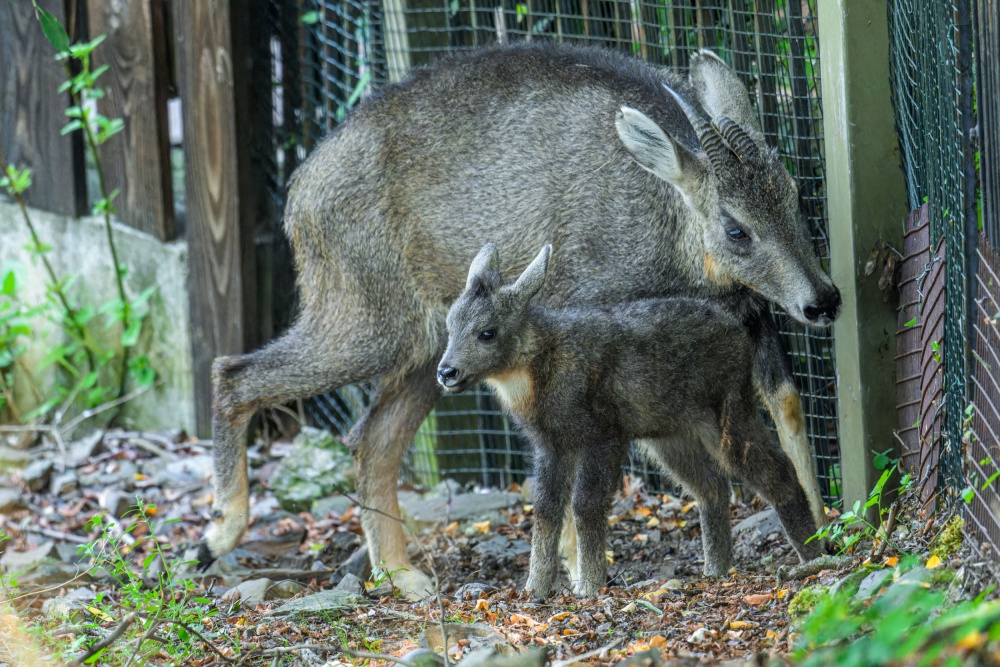
The Chinese goral inhabits the inaccessible mountain slopes of eastern and southern Asia and is very wary. It is not often that there is an opportunity to see the young of these rarely bred ungulates. Visitors to Prague Zoo will find the goral enclosure next to the elk exhibit. Photo Petr Hamerník, Prague Zoo
The keepers were surprised by a Mishmi takin female that was unexpectedly pregnant. “Normally, female takins finish their oestrus in September, so we did not count on one of the males mating in December. This meant the calf born last Monday caught us completely unawares – which is all the nicer after finding out that the birth went well and the little male is thriving,” said breeder Petr Fedorov. The first takins to be bred in the Czech Republic were born at Prague Zoo in 2001 and since then it has raised a total of seven calves.
Visitors now also have the opportunity to see the young of other ungulates across the zoo’s grounds. The female calves born in May and June can be found in the areas representing a Northern Forest in the Finnish forest reindeer enclosure. At the beginning of the 20th century, it was even thought that this forest-living subspecies of reindeer had become extinct. Other additions include frolicking West Caucasian tur kids in the enclosure on the rock outcrop, a light-coloured bison calf and a brace of two-month-old Thorold’s deer fawns in the upper part of the zoo.
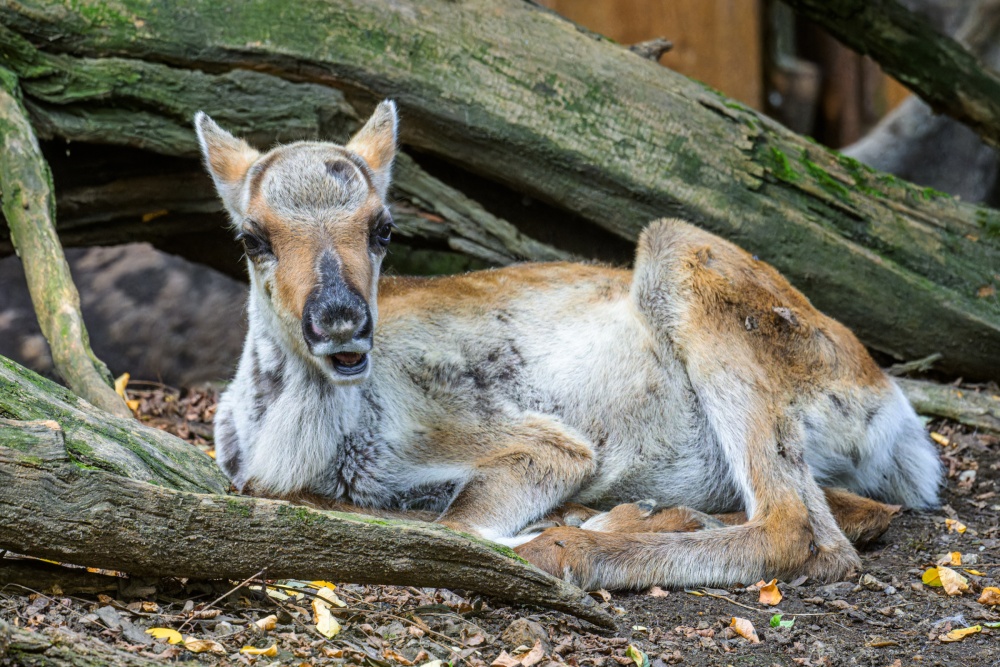
The rare Finnish forest reindeer is the only wild subspecies of reindeer that is kept and bred in captivity in Europe. In the Northern Forest exhibit, people can see the young that were born this year. Photo Petr Hamerník, Prague Zoo
ZOOPRAHA.CZ
Contacts
- The Prague zoological garden
U Trojskeho zamku 120/3
171 00 Praha 7
Phone.: (+420) 296 112 230 (public relations department)
e-mail: zoopraha@zoopraha.cz
Others








